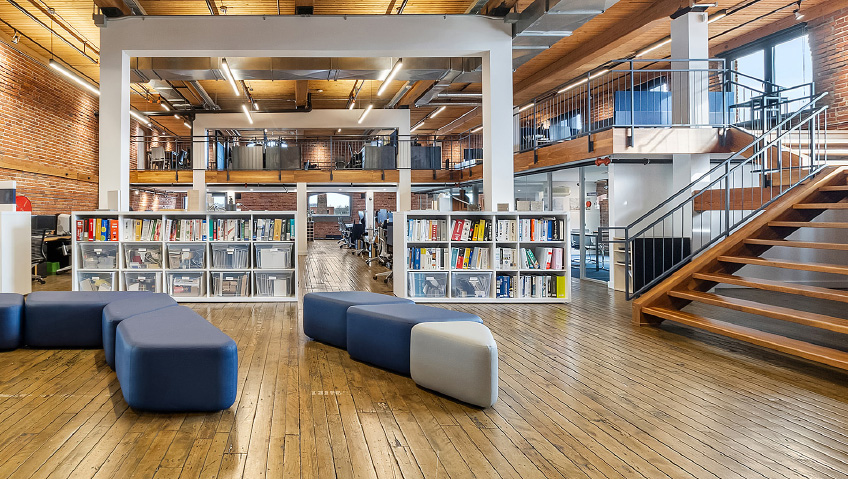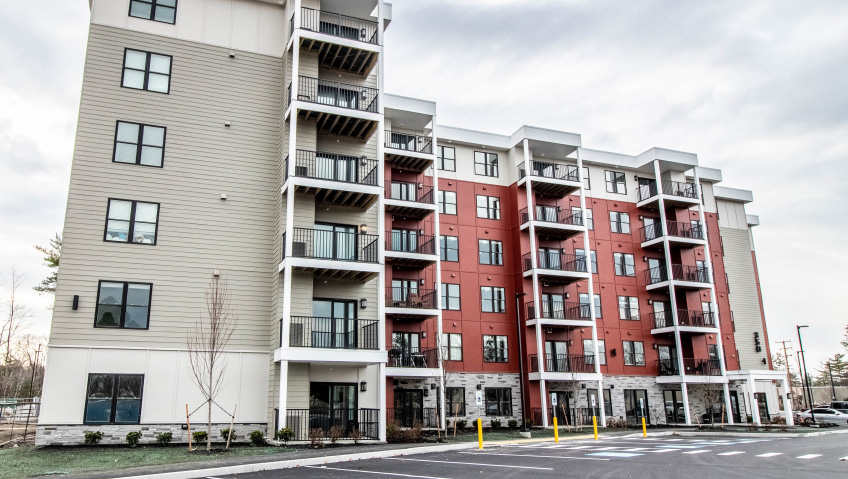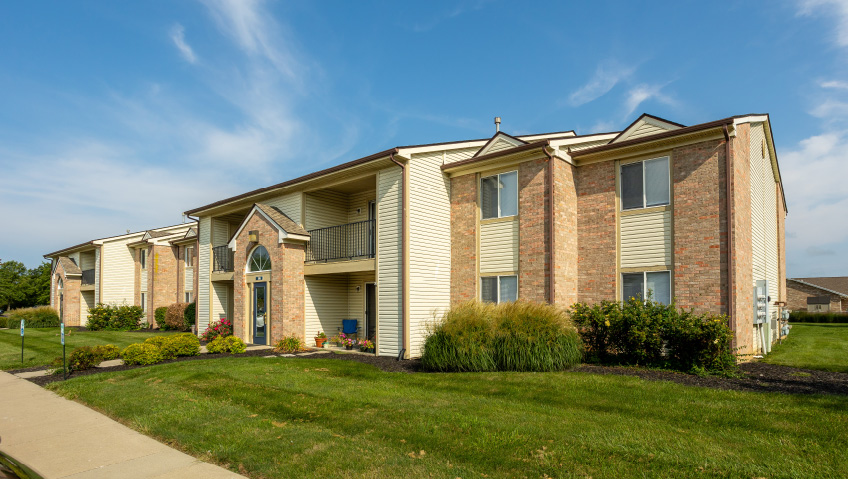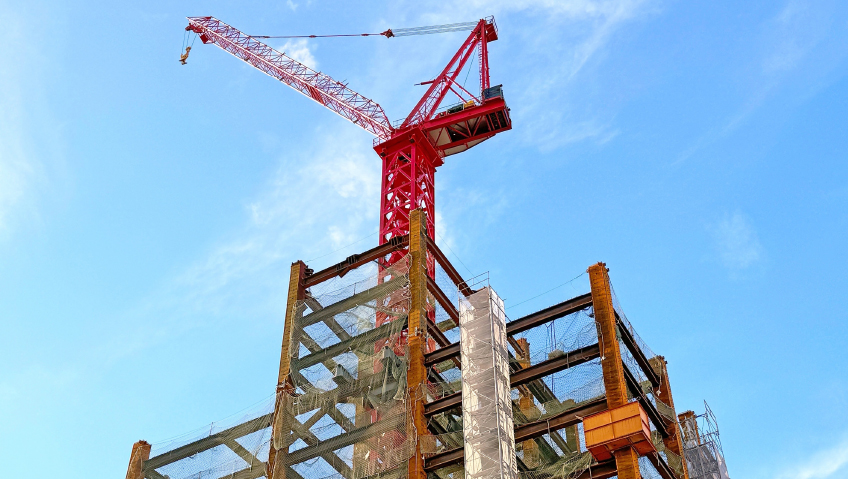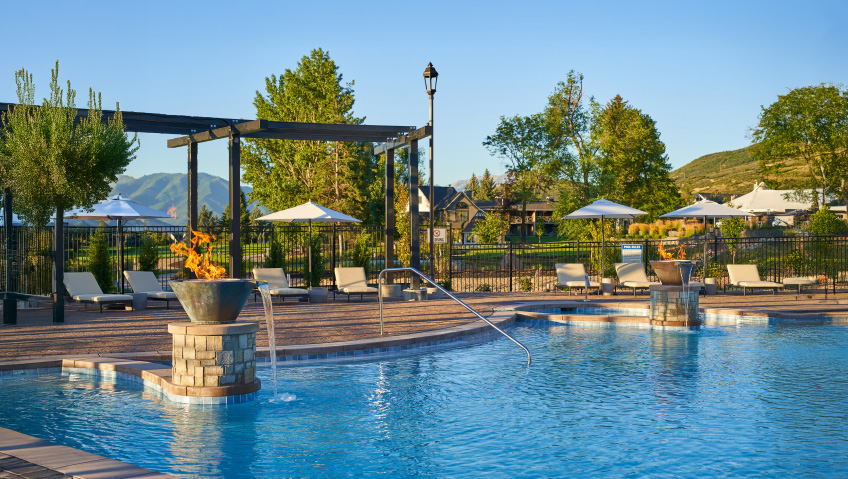CRS Crane Solutions knows cranes. In business since 1991, the Alberta-based company has grown into one of the largest crane suppliers in North America, building a reputation for exceptional lifting solutions and a relentless commitment to customer service. The team produces more than 150 cranes a year, with up to 175-ton capacity and 130-foot span, in one of the biggest crane manufacturing plants on the continent, which boasts a whopping 30,000 square feet of quality-controlled production space.
CRS is known for providing customers with crane solutions in industries as diverse as forestry, pulp and paper, mining, petro-chemical, power generation, ship building, waste-water treatment and more.
The company’s cradle to grave customer service has been a differentiating factor and key to success. “We’re dedicated to supporting all of our customers’ lifting needs—from inception to completion,” says Chris Roots, Vice President of Sales.
“Our highly trusted engineering resources, coupled with the latest computer technology, help us design effectively the equipment our customers need at a price point that’s within their budget,” says Peter Clarke, CEO.
CRS Crane Solutions’ customer support begins with the design and engineering stages. “Over the years, we’ve provided some very unique solutions to a lot of different industry sectors,” says Clarke. “If you look at the design and the engineering phase, we’re really there to provide a solution that best suits [customer] needs. And the breadth of our experience enables us to exceed customer expectations in terms of design solutions and support.”
This support continues through manufacturing, delivery, installation, and commissioning of the crane. “After commissioning, we support that crane through its entire life,” says Clarke.
This ongoing support includes everything from training and certifying operators to maintenance and annual inspections to ensure the crane meets regulatory requirements and operates at peak efficiency. “And then we’ll support either modifications to extend the life of the crane, or decommissioning activity to properly take a crane down and either decommission it completely or set it up for a new crane installation,” Clarke explains. “We are well recognized for our expertise in this area, in addition to creative solutions for the next phase of our customers’ requirements.”
In addition to this ongoing support, the quality of the company’s cranes wins long-term customers. “We start with our customers’ requirements and design solutions that meet their needs,” Roots says. “When those cranes are performing and they’re not an issue for the client as far as causing downtime or excessive maintenance costs, then those customers come back for more equipment, part support, et cetera. So at least 75 percent of our business is repeat clientele because they are happy with the experience they’ve had with CRS.”
The company’s strong reputation acts as its own marketing. “We don’t really need to sell our activities too much because a lot of [our customers] are repeat customers who continue to come back to us because they’re very satisfied with the work that we’ve done on behalf of their end users and comfortable with our ability to meet their needs,” says Clarke.
CRS primarily works with large engineering, procurement, construction, and maintenance (EPCM) firms. “There are only probably twenty to thirty really large global [EPCM] companies across the globe,” Clarke says. “And we’ve been working with a large portion of them for the life of CRS, but particularly in the last ten years, that activity picked up around the world in a number of sectors that we work in. We’ve built some very good relationships with them and they are confident in our ability to design and engineer cranes properly, to construct them to comply with all their requirements in terms of documentation and approvals, and then to support maintenance or installation and commissioning of that crane.”
This relationship extends to the end user of the crane. “Once that equipment is installed, we typically get a hand-off from the engineering firm to the end customer,” Clarke says. “It’s our crane on their sites. We’ve installed it. We’ve commissioned it. We’ve provided all of the support to get it to that point. They’re confident working with us to support the life of the crane for whatever that might be—ten, twenty years—[because] of our ability to meet their needs with parts, training, maintenance, any other support that they might need.”
The company leverages its qualified and experienced project managers to oversee this complex process. “At the front end, it really is that project management piece which differentiates us,” Clarke says. “A lot of these large engineering projects that we work on typically need a project manager from within CRS to connect with the project team working in the engineering firm.”
Project management services include complicated regulatory support. “In a lot of the jurisdictions and industries, regulations are quite strict in terms of overhead crane use within facilities,” Clarke says. “And so we’re ahead of the curve in understanding what those requirements are… Whenever an outside agency may come in and do an inspection, they’re not always up to speed with all the things they need to have to allow that inspection to happen effectively. But being connected with us, we’ve got the tools, we’ve got the data, we’ve got the history with that customer to be able to support them through any regulatory oversight they might have.”
CRS Crane Solutions has recently rebranded from the company’s original name, CRS CraneSystems, to better reflect this full suite of services. “When I joined CRS a couple of years ago, I was actually quite amazed at the solutions that they were providing for customers,” Clarke shares. The name CRS CraneSystems “didn’t really articulate what we did. So we took some time to reflect on the projects that we had done in the past, some of the unique solutions that we have provided, and felt that ‘Solutions’ better represented the brand both in terms of an engineered solution to support their activities and a solution to support them through the ongoing life of that crane. And so, CRS Crane Solutions became a better moniker for what we were providing in the marketplace.”
The letters CRS were originally taken from the founders’ initials. Now, the C stands for Care. “We care for cranes,” Clarke explains. “We care about our customers; we care about our employees and we care about cranes.” R is for Responsible. “We act responsibly toward our customers, our employees, our stakeholders within the organization.” And, of course, the S stands for Solution-Oriented. “We’re driven to provide solutions for our customers. It’s why we have so many deep relationships with repeat customers.”
While subtle, the switch from Systems to Solutions is important. “[Providing] solutions is where we differentiate,” says Kelly Beaudet, Vice President of Aftermarket Services. “We actually listen to the customer, what their needs are… I think the rebranding really solidifies what we do as a company.”
Roots adds that, “When we start looking at our business, at what we’re actually doing day to day, we are solving problems for our clients. They come to us with an issue or a material handling problem, and we’re coming up with solutions for them.”
After 32 years of ongoing success, plans for the future of CRS Crane Solutions seem obvious. “We’ll continue to do what we have been doing,” Clarke says.
This will include a sustained focus on emerging technology. “The crane industry has been around a long time, but it seemed to have been stuck in the late twentieth century in terms of technology,” says Clarke. “So, as we move forward, we will continue to put in technology to support our ability to better serve our customers.”
The future will also include an ongoing focus on diversification and growth. “CRS was founded mostly out of the Alberta market and mining and petro-chemical, because that was the resource base that sat in this province,” Clarke says. “But we’ve diversified quite significantly to cover a large number of industry sectors to ensure that we’re not attached to one sector and reliant on one sector for our ongoing growth.”
This expansion has seen the company extend its presence throughout North America, South America, and beyond—and there is no end in sight, especially considering the game plan that is firmly in place. “We’ll continue to ensure that we’ve got a well-diversified brand supporting multiple industry sectors and geographies, and provide the tools and the technology that go along with it,” Clarke summarizes.


